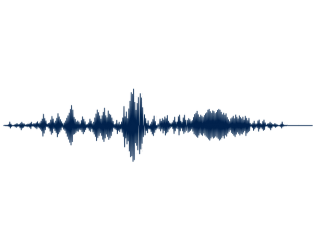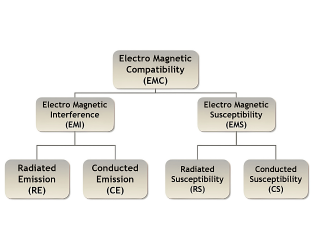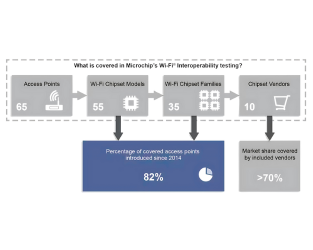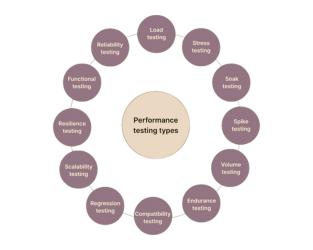1. Regulatory Compliance: It is a prerequisite for market access, not neglecting the satisfaction in adherence to FCC, CE, ETSI, and WPC standards.
2. Interference Prevention: It is a measure to avoid disturbance with the rest of the electronic devices.
3. User Safety: Trials are conducted on parameters like SAR, which is necessary to let it work with people without any health risk.
4. Quality Assurance: This is an evaluation of the device’s performance under the realities of the real environment.
1. Device Manufacturers: Manufacturers of all the products like Mobile, IoT, RF, and Bluetooth.
2. Importers and Exporters: Under regional rules, check the devices are meeting the FCC or CE requirements.
3. Telecom Service Providers: They should check the device is in accordance with the networks it should be compatible with.
4. Startups and Innovators: Engineers can perform tests on prototypes while they are still in development.




Recognize the standard that is applicable to the development of your wireless device based on the wireless technology it utilizes and the market segment it is designated for.
Please send the.com with technical documentation like schematics and user manuals.
RF Exposure (SAR), spectrum analysis, EMC (Electromagnetic Compatibility), and also, functionality tests should be administered all over devices.
Detailed test result reports containing compliance status are imparted.






